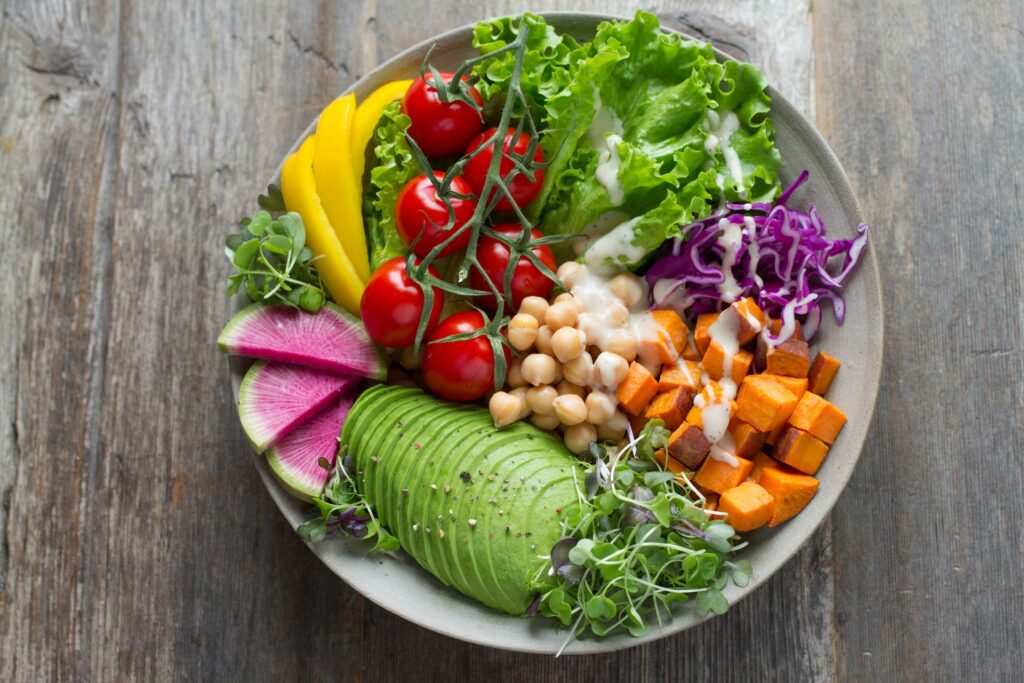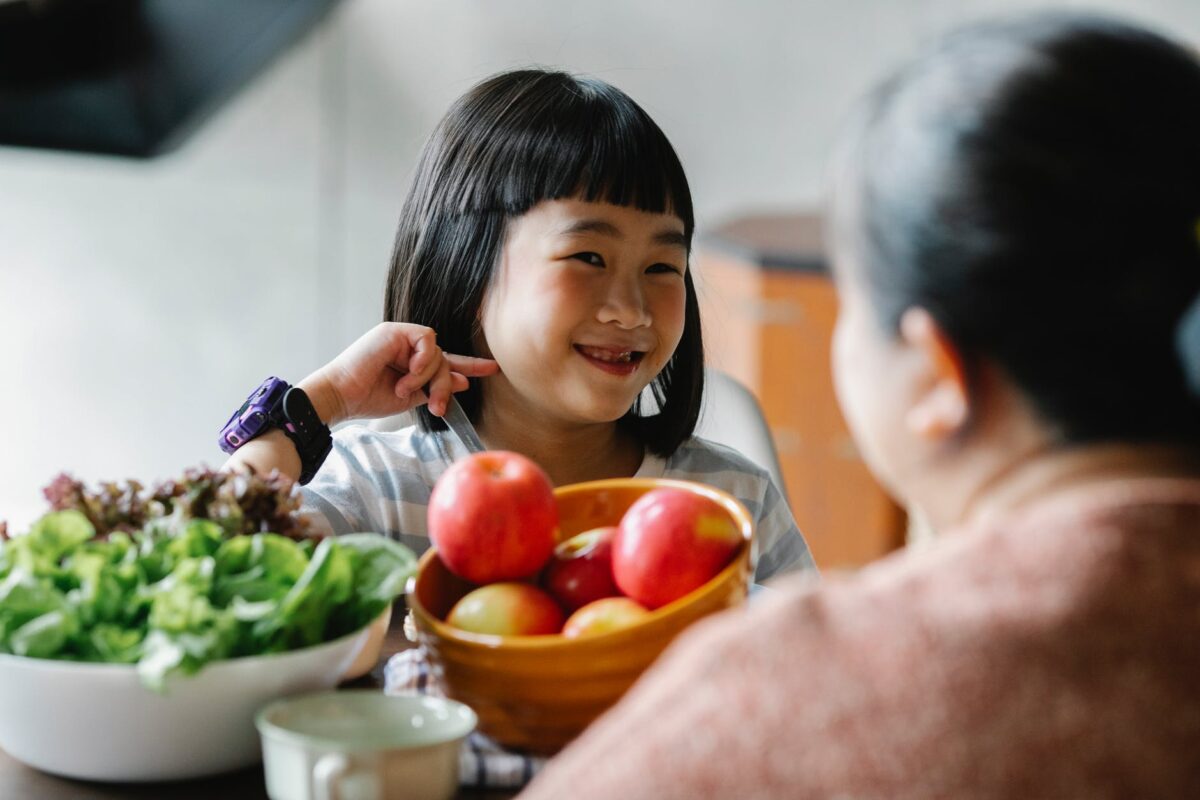Educating and encouraging kids to eat healthy and nutritious food early in childhood helps them develop healthy eating habits and make the right food choices. Trying to explain nutrition to children with science-based concepts and details, makes it difficult and non-interesting for them to listen and understand. Instead, try these simple and kid-friendly methods listed here, along with examples of situations and scenarios that help them understand the importance of nutrition and healthy eating.
When parents take up the responsibility of teaching kids to develop positive and balanced relationship with food, it makes a profound impact on their eating habits and helps them develop mindful eating behavior that influences their health positively.
What is healthy eating?

Children, as well as adults, need a balanced diet comprising fruits and vegetables, whole grains, and protein sources. The snacks eaten between meals are meant to give us energy and should not be poor in nutrition. Nutrient-rich food is vital for normal growth and development, as well as the normal functioning of our body.
Though nutrition is important at every age, child nutrition is given greater priority because childhood is the time for rapid growth, development, and activity. eating habits are formed in the first few years of life and it is difficult to change these food choices and habits later in life.
Homemade food when introduced in early childhood has many benefits. To know more about introducing homemade food to kids, read this article: Tips to introducing homemade food in childhood.
Ideas to explain healthy eating to children

- Keep things simple and use the language that they understand easily.
- Plan play-based food activities which is an engaging way to help kids explore and learn about food.
- Involve them in food shopping and expose them to a variety of healthy foods.
- Eat together as a family for at least one mealtime and be a role model by providing and choosing healthy food options.
- Explain in positive words, using videos or pictures about how the food that we eat works in our body. Focusing on minute details and elaborating every process should be avoided, so that meal time doesn’t turn into a lecture time. Try keeping it simple and clear.
- Allow them to have a hand in making the food with some simple tasks such as tossing a salad. This will help them know how the dishes and meals come together. This will also help you teach them to make simple healthy meals and enjoy homemade food as they grow.
- Explain and focus on the beneficial aspects of eating healthy food, rather than the negative aspects of foods that are poor in nutrients.
- Avoid rigid rules and practices about healthy eating that could have a negative impact on children. Avoiding battles over food helps little ones to form a bond with healthy eating gradually and not make a fuss.
- Show them foods that are high and low in nutrients and tell them which of them should be eaten regularly and which are to be eaten ‘sometimes’.
- Instead of labeling certain foods as ‘bad’, tell them that there are foods that are low in nutrients and are not to be eaten regularly.
If you’re looking for healthy snack box ideas for your little one, this video could help you plan better : Healthy snack box ideas for kids
Educating children about healthy eating helps them apply this knowledge and develop healthy eating habits as they grow into adults and throughout their lives. Healthy food contributes to the good health and normal functioning of our body and mind.
Talking to children about healthy food and its goodness is useful to establish the foundation for their nutritional knowledge and eating habits for which they will be grateful to you later in life.


This Post Has 12 Comments
Awesome tips, Rancy! Especially the play-based food activities!
Thank you!
I’m glad to know that you like the tips.
Play based food activities make learning fun for kids, and help them engage with the concept.
Hi Rancy, I featured you today in my Blogger Highlight. https://lookingforthelight.blog/2022/06/20/blogger-highlight-natural-goodness/
Thank you very much Melinda, for choosing to feature my blog!
I am happy to know this. It’s a blessing!!🙂
Great article! A lot of people underestimate the power of role modelling behaviour. I also love how fun cooking is when kids are involved, there’s a lot more mess but there’s also a lot more laughs!
Thank You!
That’s so true. Spending time with kids brings so much joy to the family.
Thank you for sharing your thought.
This is great! Thanks for sharing!
You’re welcome!
I’m glad to know that you liked the post.
These are great tips, and I’m all for not labeling food as good or bad but as poor in nutrition. I have a daughter, and I’ll definitely keep these tips in mind, including explaining the benefits of healthy foods and not focusing on the negatives of food that is poor in nutrients.
Thank you!
You’re right. Not labeling food as good or bad helps kids form a good relationship with food and learn to have balanced nutrition.
Pingback: 3 Ways To Deal With Mom Stress - Natural goodness
Pingback: 7 Benefits of Homemade Food in Childhood - Natural goodness